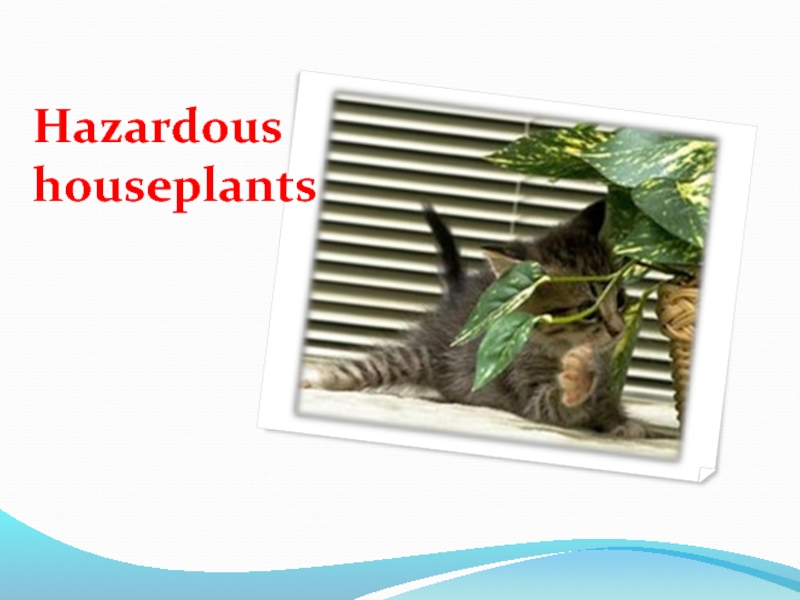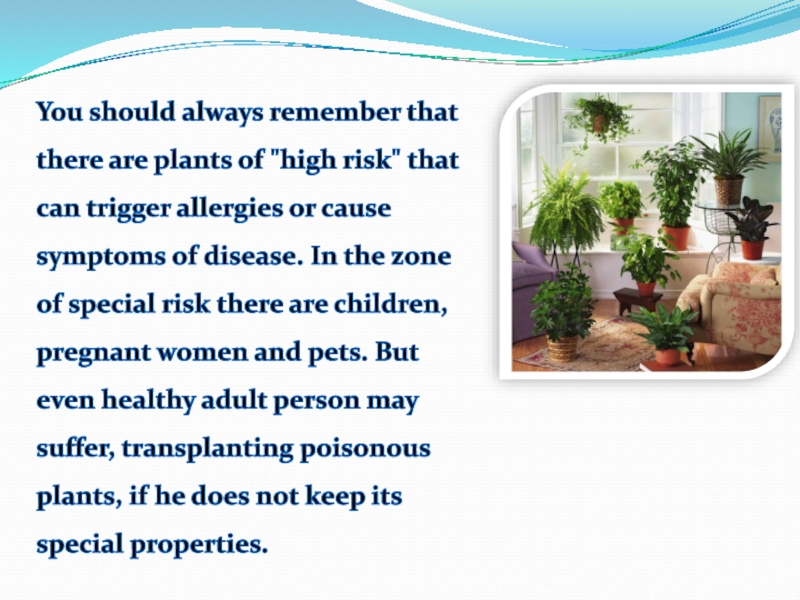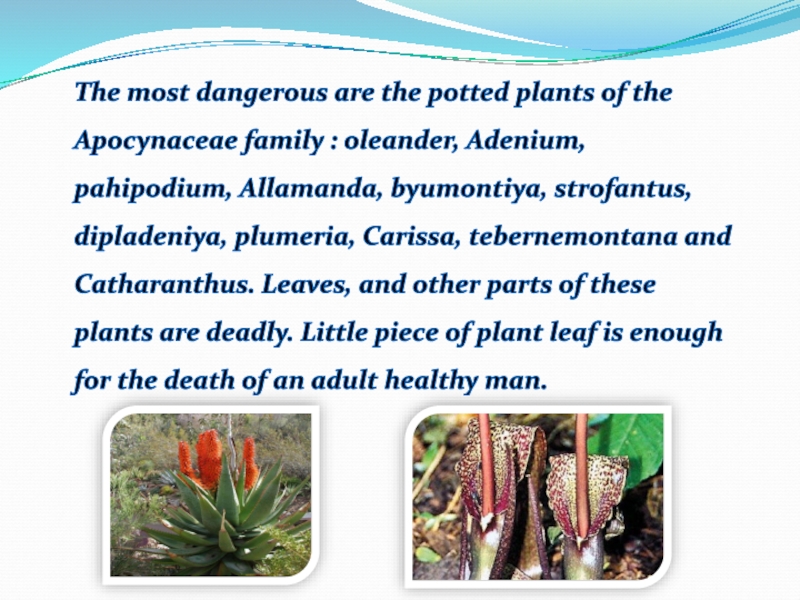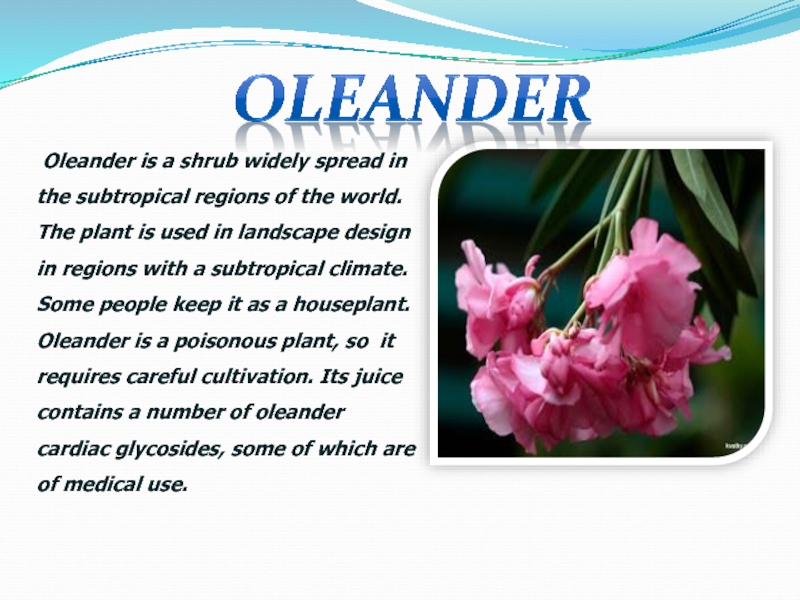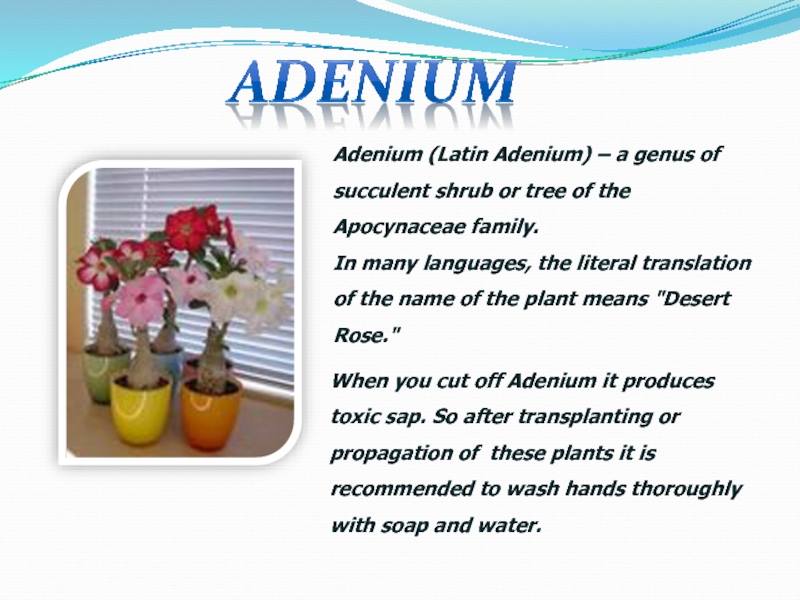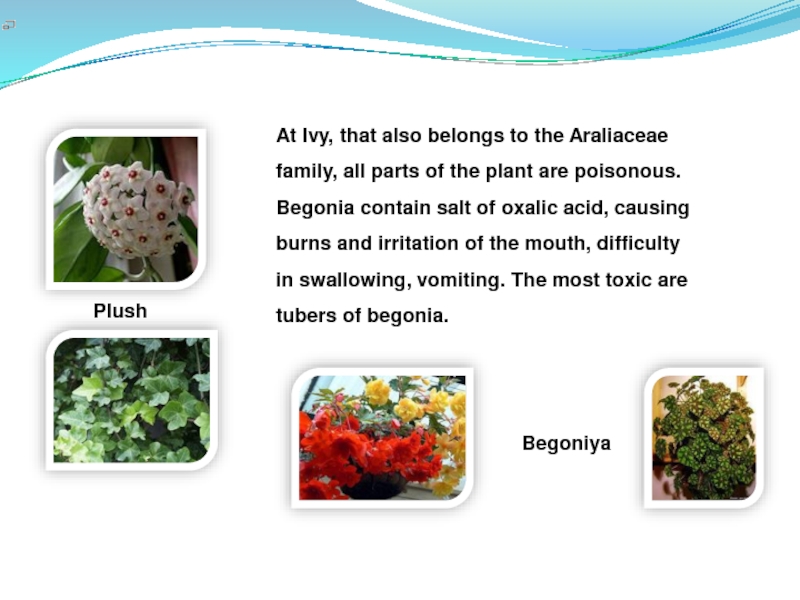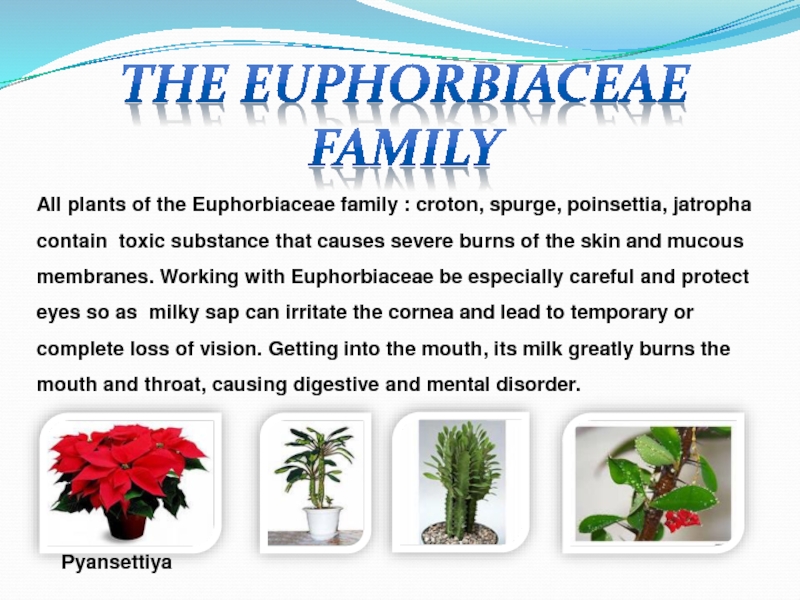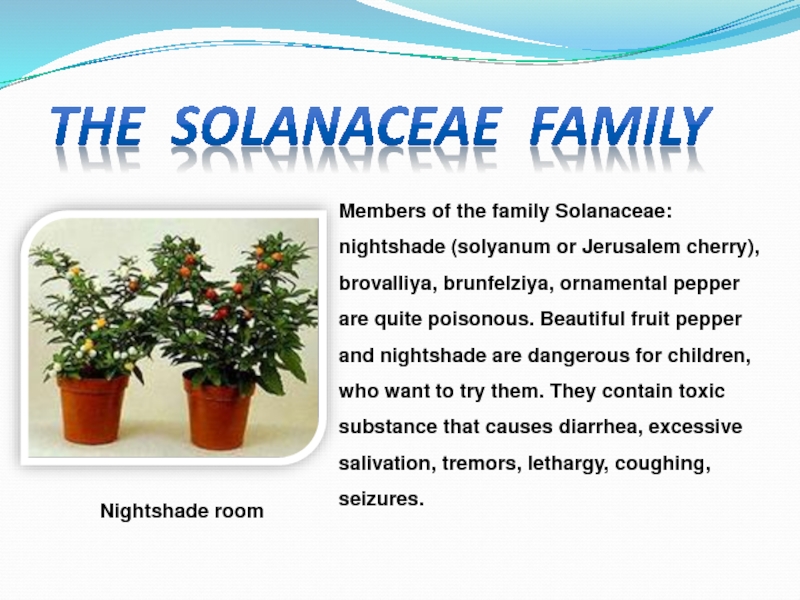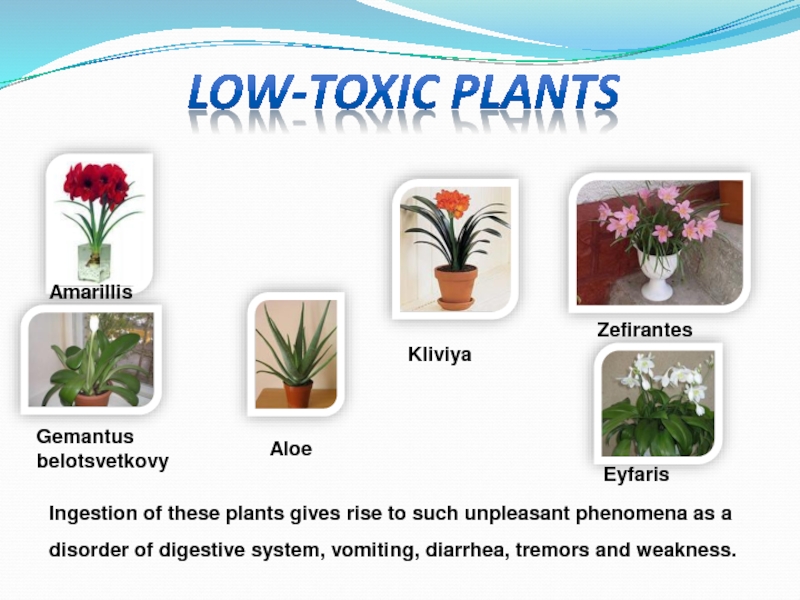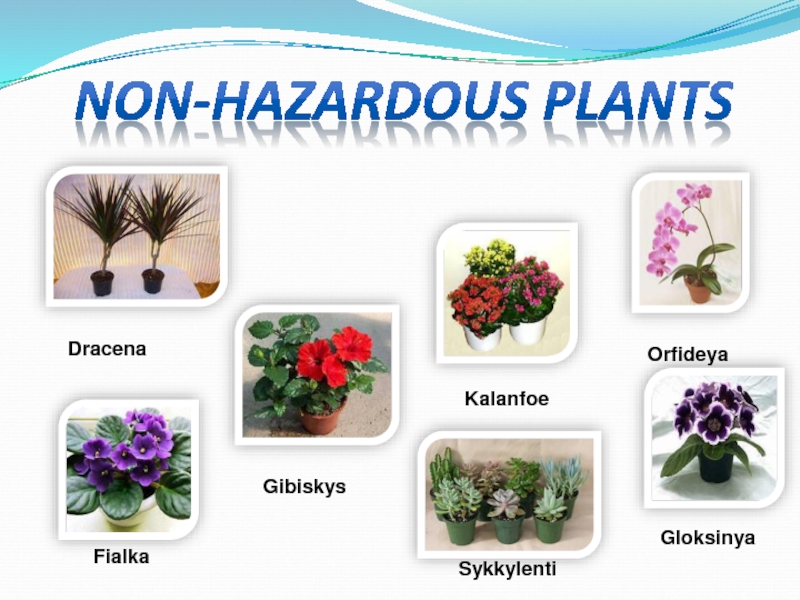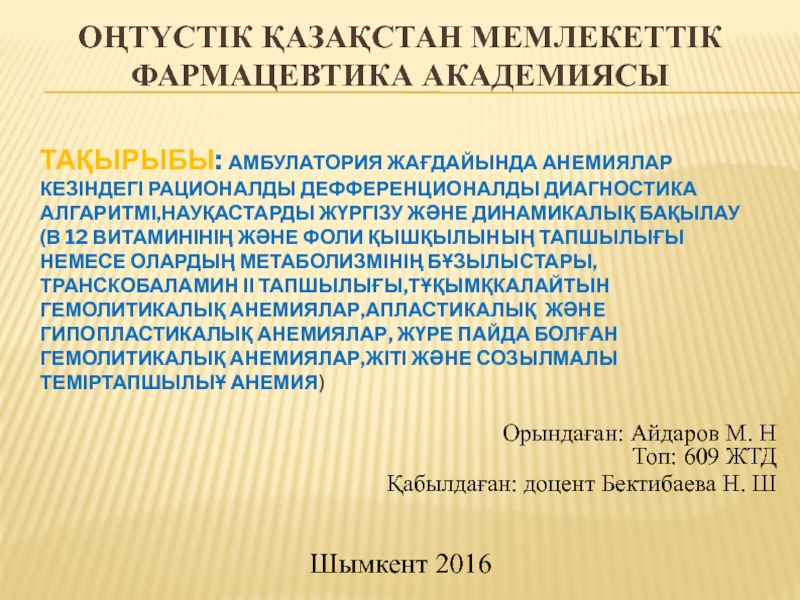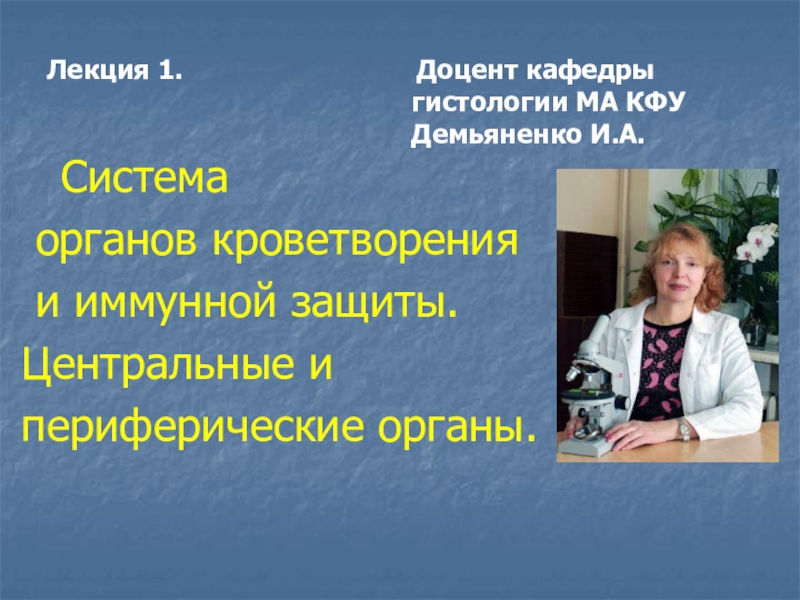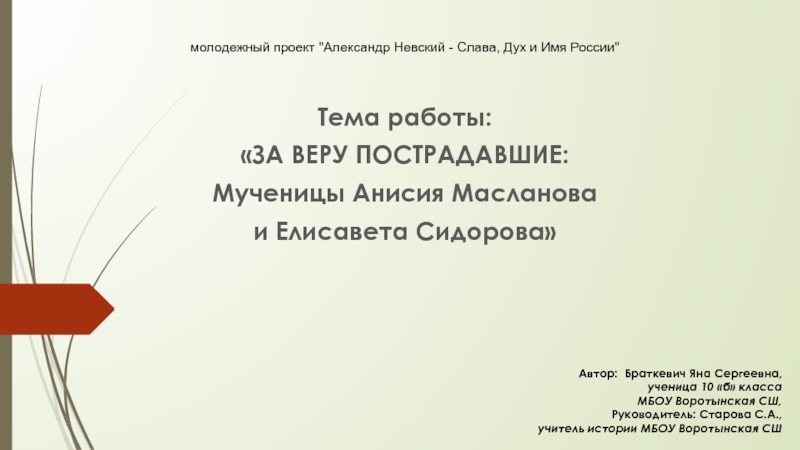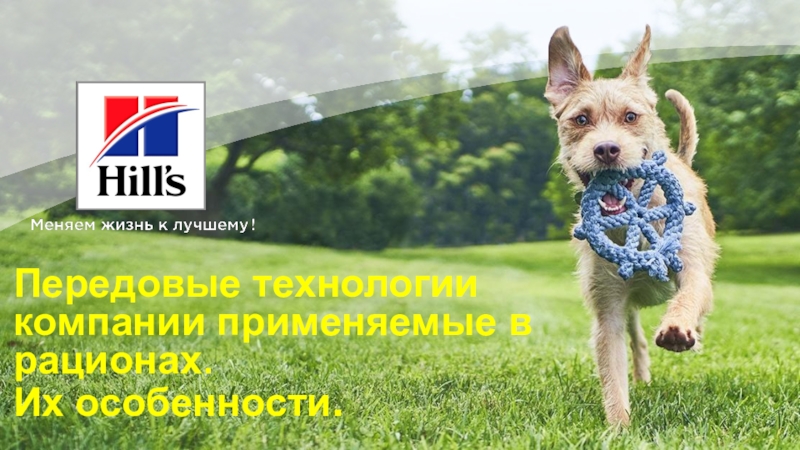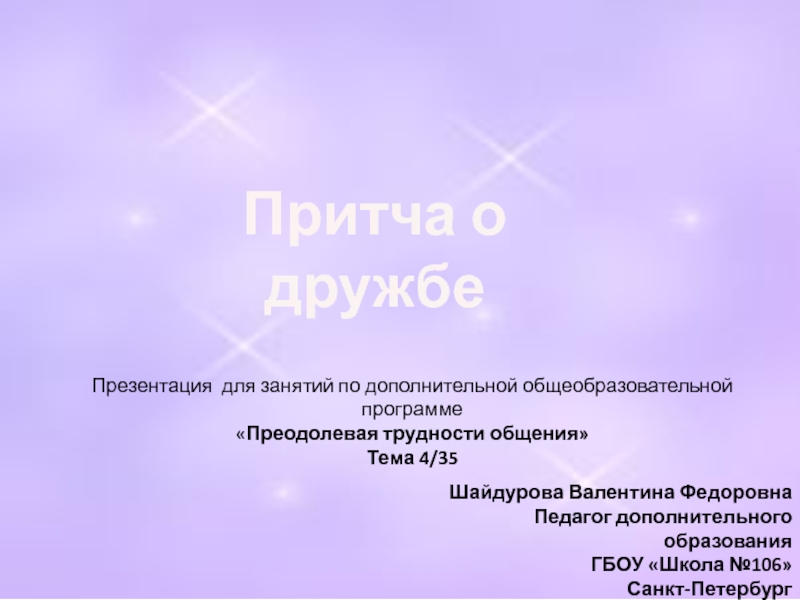Разделы презентаций
- Разное
- Английский язык
- Астрономия
- Алгебра
- Биология
- География
- Геометрия
- Детские презентации
- Информатика
- История
- Литература
- Математика
- Медицина
- Менеджмент
- Музыка
- МХК
- Немецкий язык
- ОБЖ
- Обществознание
- Окружающий мир
- Педагогика
- Русский язык
- Технология
- Физика
- Философия
- Химия
- Шаблоны, картинки для презентаций
- Экология
- Экономика
- Юриспруденция
Hazardous houseplants - Ядовитые растения
Содержание
- 1. Hazardous houseplants - Ядовитые растения
- 2. Any houseplant has benefits. It is an
- 3. You should always remember that there are
- 4. The most dangerous are the potted plants
- 5. OLEANDER Oleander is a shrub widely spread
- 6. ADENIUMAdenium (Latin Adenium) – a genus of
- 7. THE LILIACEAE FAMILY.Blooming lilies exude a very
- 8. THE ARACEAE FAMILYRododendronFilodendronDihhenbafiyaMonsteraKallaSingoniymThese plants attract us by
- 9. CYCLAMENS.Cyclamen tubers contain saponins that are very
- 10. HYDRANGEASeeing the luxuriantly blooming hydrangea bush, you'll
- 11. PlushAt Ivy, that also belongs to the
- 12. THE EUPHORBIACEAE FAMILYAll plants of the Euphorbiaceae
- 13. THE SOLANACEAE FAMILYNightshade roomMembers of the family
- 14. LOW-TOXIC PLANTSIngestion of these plants gives rise
- 15. You should not tempt fate for the
- 16. NON-HAZARDOUS PLANTSDracenaFialkaGibiskysKalanfoeOrfideyaGloksinyaSykkylenti
- 17. Resources1.http://ru.wikipedia.org 2.http://www.xliby.ru/domovodstvo/domashnie_lekarstvennye_rastenija/p10.php3. Plants in the interior, №
- 18. Thank you for your attention
- 19. Скачать презентанцию
Слайды и текст этой презентации
Слайд 3You should always remember that there are plants of "high
risk" that can trigger allergies or cause symptoms of disease.
In the zone of special risk there are children, pregnant women and pets. But even healthy adult person may suffer, transplanting poisonous plants, if he does not keep its special properties.Слайд 4The most dangerous are the potted plants of the Apocynaceae
family : oleander, Adenium, pahipodium, Allamanda, byumontiya, strofantus, dipladeniya, plumeria,
Carissa, tebernemontana and Catharanthus. Leaves, and other parts of these plants are deadly. Little piece of plant leaf is enough for the death of an adult healthy man.Слайд 5OLEANDER
Oleander is a shrub widely spread in the subtropical
regions of the world.
The plant is used in landscape design
in regions with a subtropical climate. Some people keep it as a houseplant.Oleander is a poisonous plant, so it requires careful cultivation. Its juice contains a number of oleander cardiac glycosides, some of which are of medical use.
Слайд 6ADENIUM
Adenium (Latin Adenium) – a genus of succulent shrub or
tree of the Apocynaceae family.
In many languages, the literal translation
of the name of the plant means "Desert Rose."When you cut off Adenium it produces toxic sap. So after transplanting or propagation of these plants it is recommended to wash hands thoroughly with soap and water.
Слайд 7THE LILIACEAE FAMILY
.
Blooming lilies exude a very strong flavor that
causes dizziness, headaches, fainting, and allergies. Their leaves are very
toxic. Pets can become seriously ill and even die if they lick a lily leaf or bite off a small piece of it.Слайд 8THE ARACEAE FAMILY
Rododendron
Filodendron
Dihhenbafiya
Monstera
Kalla
Singoniym
These plants attract us by their unusual form
of leaves and garish color, with many beautiful flowers. But,
unfortunately, almost all of Araceae contain poisonous oxalic acid, toxic proteins and enzymes. Salts of oxalic acid can penetrate deep into the skin and mucous membranes, causing severe irritation and burns.Слайд 9CYCLAMENS
.
Cyclamen tubers contain saponins that are very poisonous to cats
and dogs. Symptoms of poisoning are drooling, vomiting, diarrhea.
Слайд 10HYDRANGEA
Seeing the luxuriantly blooming hydrangea bush, you'll want to buy
it, or at least nip off a twig. Think before
you do it, because hydrangeas contains one of the most poisonous substances - cyanide.Слайд 11
Plush
At Ivy, that also belongs to the Araliaceae family, all
parts of the plant are poisonous. Begonia contain salt of
oxalic acid, causing burns and irritation of the mouth, difficulty in swallowing, vomiting. The most toxic are tubers of begonia.Begoniya
Слайд 12THE EUPHORBIACEAE
FAMILY
All plants of the Euphorbiaceae family : croton, spurge,
poinsettia, jatropha contain toxic substance that causes severe burns of
the skin and mucous membranes. Working with Euphorbiaceae be especially careful and protect eyes so as milky sap can irritate the cornea and lead to temporary or complete loss of vision. Getting into the mouth, its milk greatly burns the mouth and throat, causing digestive and mental disorder.Pyansettiya
Слайд 13THE SOLANACEAE FAMILY
Nightshade room
Members of the family Solanaceae: nightshade (solyanum
or Jerusalem cherry), brovalliya, brunfelziya, ornamental pepper are quite poisonous.
Beautiful fruit pepper and nightshade are dangerous for children, who want to try them. They contain toxic substance that causes diarrhea, excessive salivation, tremors, lethargy, coughing, seizures.Слайд 14LOW-TOXIC PLANTS
Ingestion of these plants gives rise to such unpleasant
phenomena as a disorder of digestive system, vomiting, diarrhea, tremors
and weakness.Amarillis
Gemantus
belotsvetkovy
Aloe
Kliviya
Zefirantes
Eyfaris
